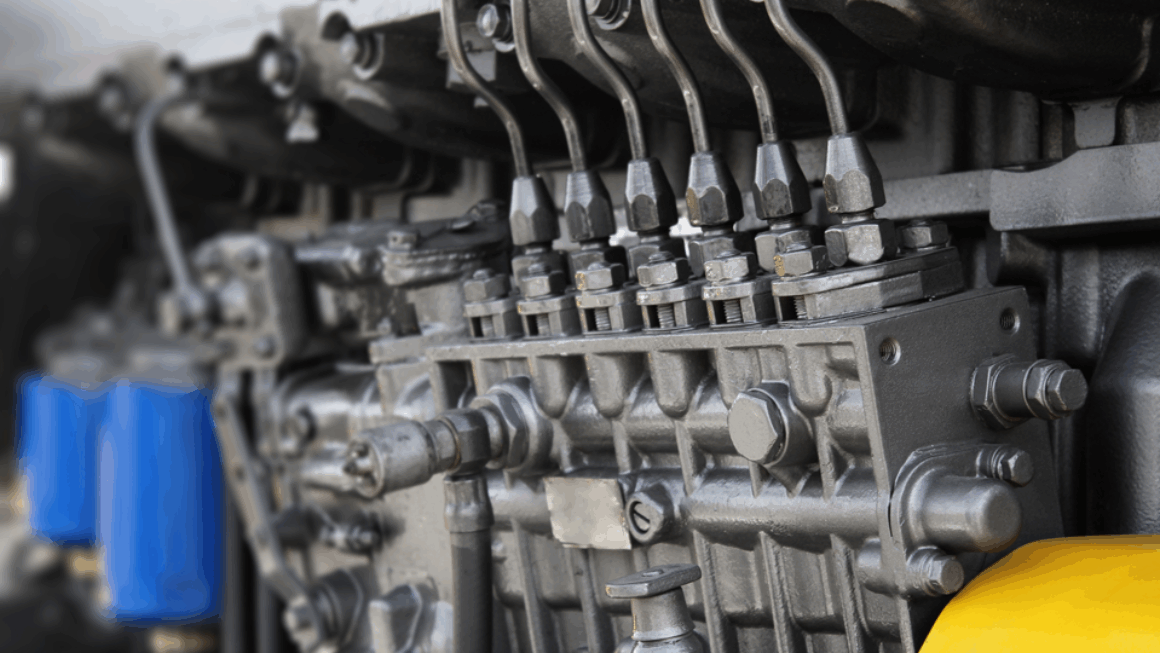On-Highway- und Off-Highway-Hersteller können die Komplexität durch die Straffung der Lieferkette reduzieren

Juni 25, 2020
Sie haben das Rezept für die perfekte Pizza.
Aber stellen Sie sich vor, dass Sie allein für die Sauce drei verschiedene Geschäfte aufsuchen müssen – eines für die richtige Sorte Tomaten, das andere hat die besten Zwiebeln und ein digitales Geschäft ist der einzige Ort, an dem Sie die benötigten Gewürze bekommen. Der Käse und die Beläge schicken Sie in noch mehr Richtungen.
Wenn Sie im Einkauf tätig sind, wissen Sie, dass dies nur eine vereinfachte Version der spaghetti-esken Dynamik der meisten industriellen Lieferketten ist.
„Beschaffungsstrategien, die eine große Anzahl von Lieferanten einbeziehen, können bekanntermaßen schwierig zu handhaben sein, was zu Missverständnissen und mangelndem Zusammenhalt führt“, schreibt Mike McCreesh, Vice President of Supply Chain bei Office Depot Europe, in Supply Chain. „Durch die Nutzung eines einzigen Anbieters für mehrere Prozesse und Produkte können Unternehmen die Anzahl der Lieferungen reduzieren, das Risiko minimieren und die Logistikmanager entlasten. Außerdem erhöht sich dadurch die Hebelwirkung bei der Aushandlung günstigerer Verträge mit den Lieferanten, da sich ein Gefühl des Vertrauens, der Partnerschaft und der Zuversicht entwickeln kann.“
Ein großer LKW-OEM, mit dem Horton zusammenarbeitet, hat mehr als 600 Lieferanten zu verwalten. Bei Proctor and Gamble sind es satte 75.000.
Natürlich stehen Qualität und Fachwissen an erster Stelle. Ein Unternehmen mit der Größe und dem Umfang von Horton neigt dazu, sich auf eine Sache oder eine Reihe von Dingen zu spezialisieren – in unserem Fall Kühlkomponenten – und kann diese „Sache“ leicht an spezifische Kundenbedürfnisse anpassen.
Aber Lieferanten, die einen zusätzlichen Wert schaffen, indem sie ihre Technologie und ihr Wissen auf andere Weise einsetzen, sind von größter Bedeutung. So hat Horton zum Beispiel Antriebsnaben und Spann-/Umlenkrollen für einen großen Bauhersteller entwickelt und bietet diese nun für jeden interessierten On- oder Off-Highway-Hersteller an.
Das Unternehmen bietet auch einen Mehrwert, der weit über die Lüfterkupplungen hinausgeht, für die es bekannt ist und bei denen es Pionierarbeit geleistet hat – Lüfter, Abstandshalter, Steuerungen und verwandte Komponenten. Ein Team von Anwendungsingenieuren, von denen jeder für einen bestimmten Markt oder Kunden zuständig ist, arbeitet direkt mit den Konstruktionsingenieuren der OEMs zusammen, um alles miteinander zu verbinden.
In jedem Fall geht es darum, die richtige Balance zwischen spezifischen Fähigkeiten und langfristigem Wert zu finden. Je besser das Gleichgewicht, desto mehr Vertrauen besteht.
Das ist immer wichtig, aber besonders wichtig in der Zeit der schweren Störungen und der Komplexität, in der wir uns derzeit aufgrund von COVID-19 befinden.
Im jüngsten globalen Ausblick von KPMG für das verarbeitende Gewerbe formulierte der Vorstandsvorsitzende der DS Smith Group, Miles Roberts, dies so:
„Wir streben nach tieferen, längerfristigen Beziehungen. Wir wollen mehr Wert von unseren Lieferanten – Wert, der sich nicht nur auf den heutigen Preis bezieht. Es geht um Innovation und darum, wie wir uns beide verbessern können. Auch unsere Beziehung zu diesen Parteien muss sich ändern. Es muss mehr Vertrauen herrschen. Wenn wir uns also an unsere Lieferanten wenden, sagen wir nicht: „Wie viel können Sie für uns tun? Wir sagen vielmehr: ‚Wie gut können Sie in den Bereichen sein, in denen wir Sie brauchen?‘ Und ich glaube, dass dieser Trend zunehmen wird.“